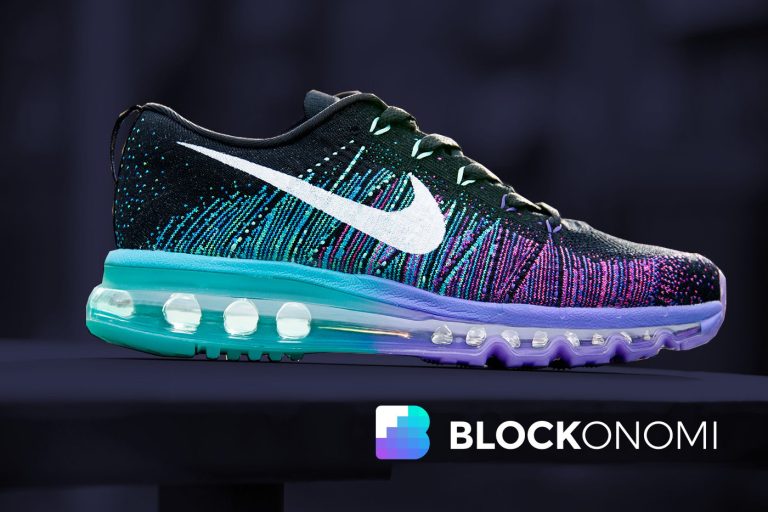
Tracing the Roots of Global Fashion

Exploring the origins of global fashion reveals a rich tapestry of history, culture, and innovation that has shaped the way we dress today. From the ancient silk routes that connected the East and West to the colonial impacts on dress and textiles, each era has contributed uniquely to the fashion landscape. The Renaissance of fashion capitals marked a pivotal moment, establishing cities like Paris, Milan, and London as the epicenters of fashion innovation and style.
Ancient Influences and Silk Routes
The ancient silk routes not only facilitated the trade of luxurious silk but also acted as conduits for cultural exchange, influencing garment designs across continents. This network of trade routes introduced exotic spices, precious gems, and rich textiles, weaving a global appreciation for diverse fashion styles.
Colonial Impact on Dress and Textiles
Colonialism played a significant role in shaping the fashion identities of various countries. The introduction of European styles mixed with local traditions created a unique blend that is still evident in today’s fashion. This fusion is a captivating reflection of diverse histories and societal values.
The Renaissance of Fashion Capitals
During the Renaissance, cities like Paris and Milan began to solidify their status as fashion capitals. This era saw the birth of haute couture and the rise of iconic fashion houses, setting the standards for luxury and elegance that continue to influence global fashion trends.
Iconic Fashion Movements and Their Global Reach

The Swinging Sixties in London
The 1960s in London were a revolutionary era, marked by the emergence of mod fashion, which was characterized by its bold, streamlined, and futuristic designs. This period not only redefined British style but also broadcasted its chic, youthful vibe across the globe, influencing fashion capitals worldwide.
New York’s Street Style Revolution
New York’s street style is a dynamic blend of aesthetics from various cultures, reflecting the city’s melting pot status. The casual yet trendy attire seen on the streets of New York has significantly shaped global fashion trends, making street style a critical component of contemporary fashion dialogues.
Parisian Haute Couture’s Worldwide Appeal
Paris has long been regarded as the heart of haute couture. The luxurious and meticulously crafted garments from Parisian designers have captivated audiences and inspired designers around the world. The city’s fashion influence is a testament to the enduring appeal of tailored, exquisite craftsmanship in the global fashion arena.
Technological Advancements Shaping Modern Fashion

The Rise of Fast Fashion
Fast fashion has revolutionized the way we dress, making trendy clothing accessible at an unprecedented pace. The industry’s ability to quickly produce garments has reshaped consumer expectations and retail strategies. However, this rapid production often comes at the cost of environmental sustainability and ethical labor practices.
Sustainability and Eco-Friendly Innovations
In response to growing environmental concerns, the fashion industry is embracing eco-friendly innovations. From using recycled materials to adopting water-saving dye technologies, brands are actively seeking ways to reduce their carbon footprint. This shift not only helps the planet but also appeals to the eco-conscious consumer.
Digital Fashion and Virtual Clothing
The digital realm has opened up new avenues for fashion expression and consumption. Virtual clothing and augmented reality try-ons are becoming increasingly popular, offering a high-tech gear experience without the physical product. This not only caters to the digital-native generation but also presents a unique opportunity for reducing fashion waste.
Cultural Exchange and Fusion in Contemporary Fashion
The Influence of K-Pop on Western Styles
The global fascination with K-Pop has not only revolutionized the music industry but also left a significant mark on Western fashion. The vibrant, often gender-fluid aesthetics of K-Pop idols have inspired a wave of bold, experimental looks among Western youths, blending traditional Asian elements with modern Western trends.
African Textiles and Western Fashion
African textiles, with their rich colors and intricate patterns, have been increasingly incorporated into Western fashion, leading to a beautiful synthesis of styles. This cultural fusion not only enriches the fashion landscape but also promotes a deeper appreciation and understanding of African heritage.
The Globalization of Streetwear
Streetwear, once a niche American subculture, has transformed into a global phenomenon, influencing high fashion and everyday attire worldwide. The fusion of streetwear and high fashion, particularly through iconic collaborations, has redefined what luxury means to the younger generation, making it more accessible and resonant with youth culture.
Conclusion
In conclusion, the evolution and influence of global fashion is a testament to the dynamic interplay of cultures, economics, and individual creativity. As we’ve explored, fashion is not just about clothing; it’s a vibrant language of identity and change, reflecting the pulse of our global society. The future of fashion promises even greater diversity and innovation, as designers and consumers alike continue to push boundaries and embrace new possibilities. Embracing this ever-evolving landscape, we can all look forward to a world where fashion continues to be a powerful medium for expression and connection.







4 thoughts on “The Evolution and Influence of Global Fashion”
Comments are closed.